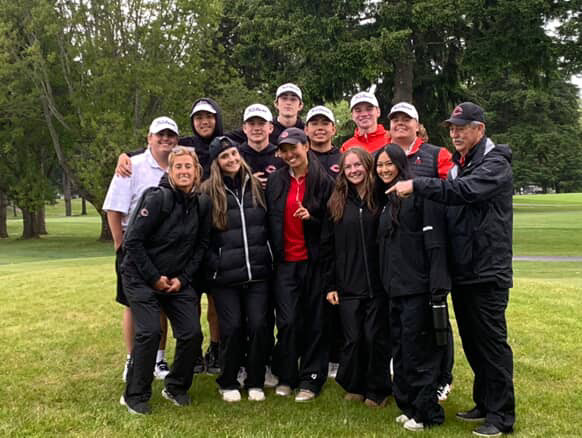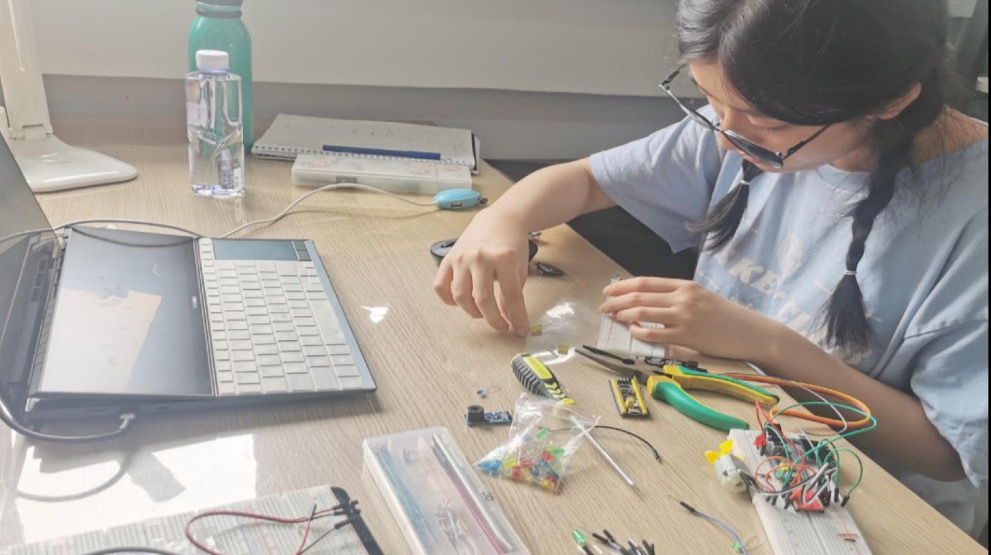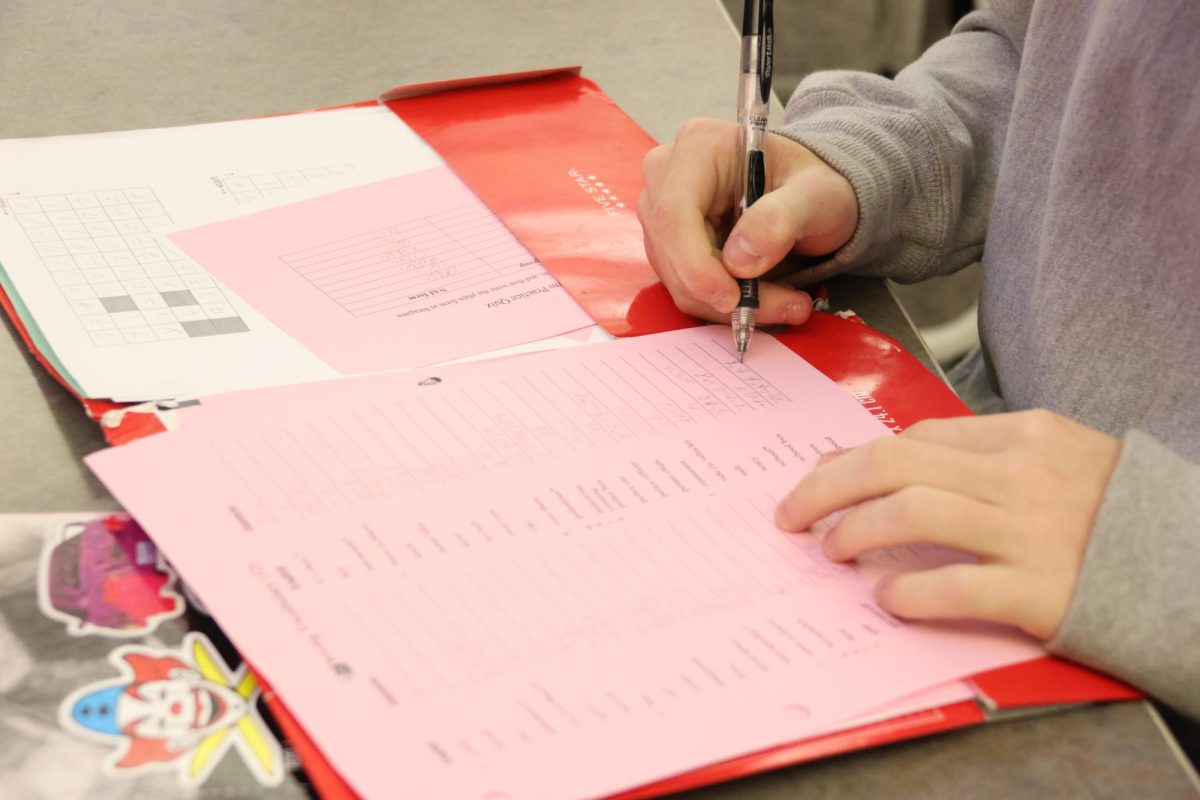Historically, Camas High School (CHS) has offered various languages. Students are required to pass a language course for two years to fulfill their graduation requirements, and consequently, few students elect to take a third or fourth year of their chosen language; this cycle is especially apparent for Japanese and Mandarin classes.
CHS offers four language courses: American Sign Language (ASL), Mandarin, Japanese, and Spanish. All four languages have a four-year curriculum, except ASL, which caps off at a third year. Of these four classes, AP Spanish and AP Japanese are the only language courses offered to students looking to gain college credit through a high school language curriculum. In the past, French and German were also provided as language options.
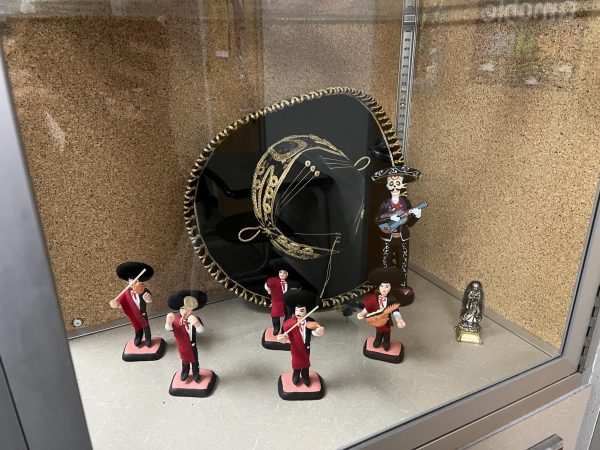
To graduate on time, CHS students must collect 24 credits, two of which will be dedicated to a PPE (career education) course. Alternatively, depending on a student’s interest, they can take two years of a language course instead of the PPE classes. Subsequently, many students take a language course merely to fulfill their graduation requirements or avoid a language course entirely.
“Kids who want to go to universities definitely consider a third language,” CHS Japanese and English teacher Karen Lovre said.
Class sizes among Mandarin and Japanese decrease every year. Lovre reported a standard two classes of about 30 students in Japanese I. The class is an introduction to the Japanese language, and various activities such as short stories, speaking practice and songs are used to help students become familiar with it. The Spanish I curriculum is similar as teachers use diverse methods to help students remember the content of the language.
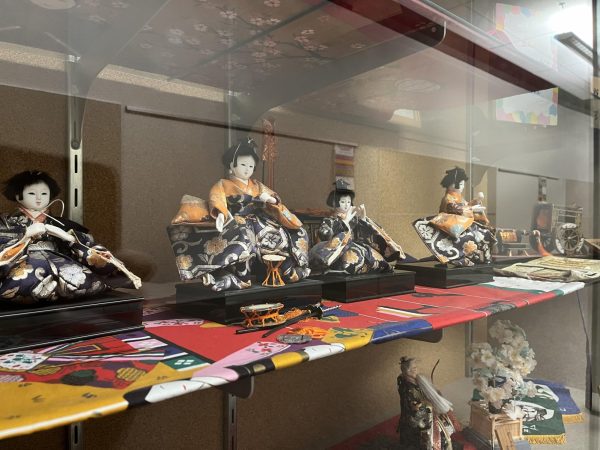
“Teachers make it very difficult from first year to second year,” a CHS junior and AP Spanish student said. “In the first year, [I was] cruising, but during [the] second year, [I was] just trying to get by in the class.”
The abrupt change in class difficulty has deterred many students from continuing their language learning pathway.
Regardless, people have expressed that learning a second language has inherent benefits and that studying another language’s grammar, taxonomy and culture can add perspective to English’s stark uniqueness.
“I started with Spanish because my older sister also did it from Spanish I to AP Spanish, but also, the language has an intimate connection with my family’s history, considering Spain once occupied the country where I am from,” a CHS junior and AP Spanish student said.
Although numbers are diminishing, dedicated students will continue to study the language beyond their high school years, especially if they have a personal connection to the language.
“I definitely want to take Japanese IV next year,” CHS junior and Japanese III student Justus Yoshimura said. “I have had to take courses over the summer just to keep the class, but, in the end, I think it is all worth it.”


